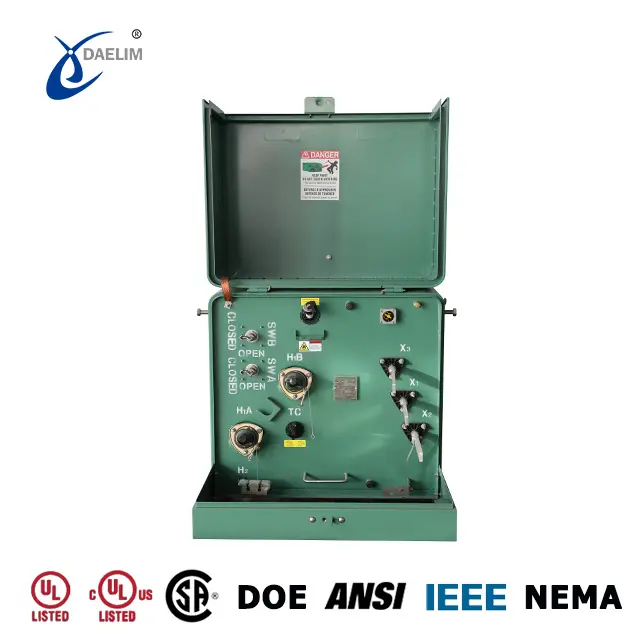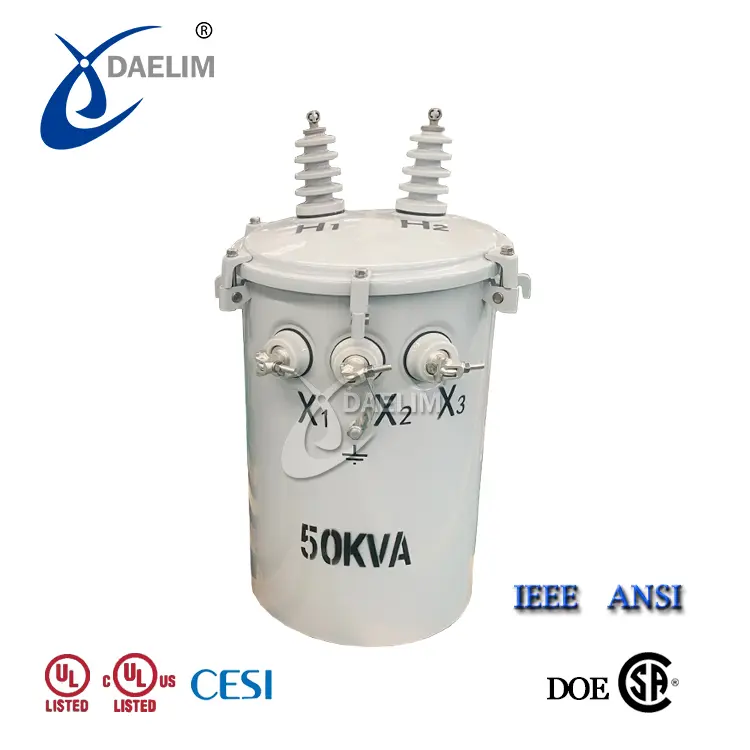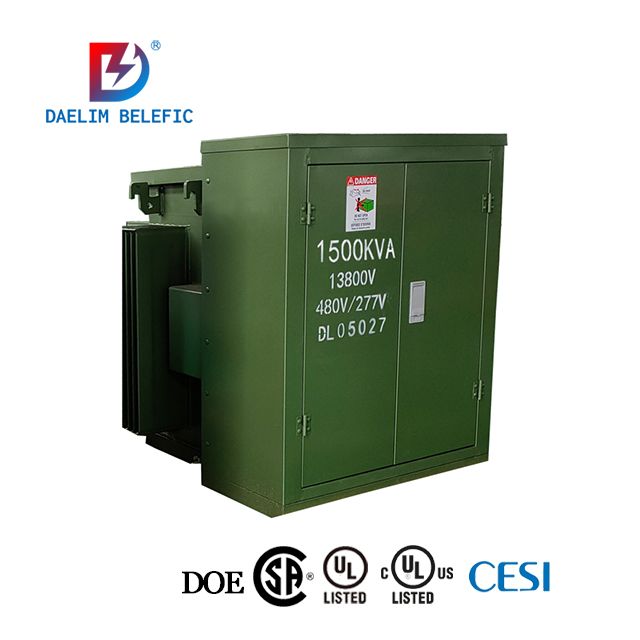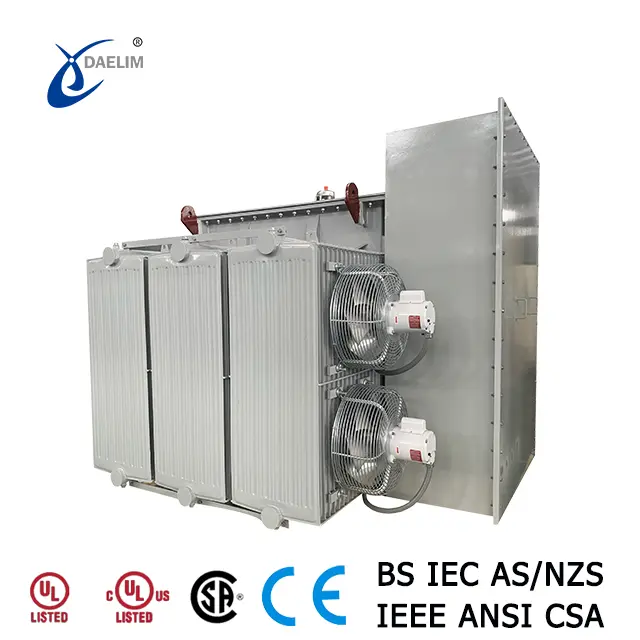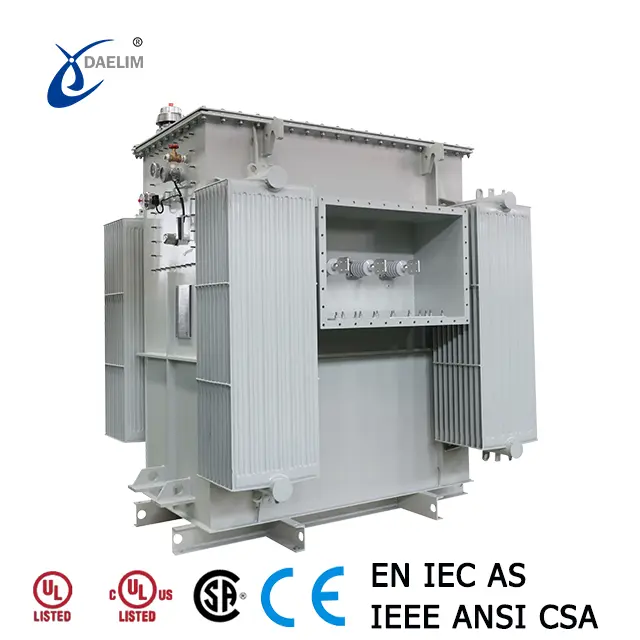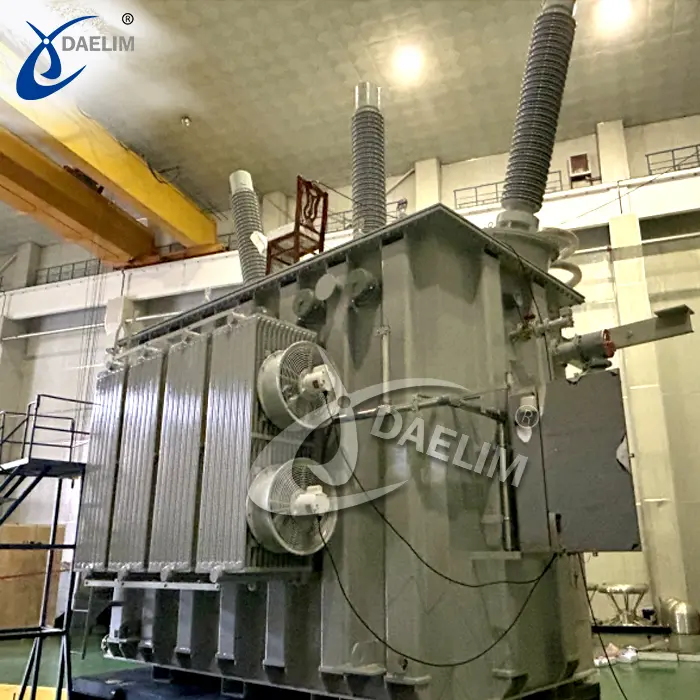Why does transformer require a balanced winding?
A transformer is essential for voltage conversion, capable of transforming low voltage to high or vice versa. Its winding constitutes a critical component ensuring proper operation. Thus, to maintain optimal functionality, achieving a balanced winding is imperative.
What is a balanced winding?
A balanced winding ensures minimal voltage variance between the transformer's windings, minimizing losses and enhancing voltage control.
Working principle of balanced winding
A transformer's winding consists of high-voltage and low-voltage sections. Upon activation, the high-voltage winding outputs voltage from its respective side, and similarly, the low-voltage winding does so from its side. The balanced winding minimizes the voltage disparity between these windings.
Advantages of balanced winding
- Enhances transformer efficiency by minimizing losses.
- Improves voltage control for stable transformer operation.
- Reduces operational noise, making the transformer quieter.
Setting a balanced winding
Setting a balanced winding involves installing windings on both the high-voltage and low-voltage sides of the transformer. Proper installation and voltage adjustment ensure adherence to specifications.
In summary, a balanced winding in transformers plays a crucial role in reducing losses, controlling output voltage, and ensuring reliable operation, underscoring its importance in transformer design and function.
Related Products
Related Article
What inspections are required before the transformer is put into operation?
Before a transformer is put into operation, ensure the grounding, verify protection device settings, inspect relay protection systems, confirm bushing current transformers are short-circuited, check the oil circulation cooler and breather, adjust protection settings for voltage stability, and connect the gas relay for no-load impact testing.
Differences Between NLTC and OLTC Transformers
OLTC transformers adjust voltage levels under load without power interruptions, ideal for areas with frequent voltage or load instability. NLTC transformers adjust voltage only when de-energized, making them more economical and suitable for stable voltage conditions. Choose OLTC for instability and NLTC for stable conditions.
Differences Between Copper Core and Aluminum Core Transformers
Copper core transformers offer better conductivity, slower temperature rise, and are ideal for high-load applications. Aluminum core transformers are more economical, heat up faster, and are suitable for lower loads. Choose based on your specific load requirements.
Why Does Dry-Type Transformer Make Noise?
Noise in dry-type transformers is mainly caused by poor-quality silicon steel sheets, uneven installation sites, and high grid voltage increasing the core's magnetic density.
What happens if the transformer is overloaded?
Transformer overload results in increased power consumption, causing higher operating temperatures, insulation aging, and shortened lifespan. It can also harm connected electrical equipment. To maintain optimal performance and longevity, load should not exceed 15% of rated capacity in summer and 30% in winter.
Why does the transformer explode?
Transformer explosions are typically caused by factors such as internal short circuits, improper use and maintenance, overload, aging, manufacturing defects, lightning strikes, and load short circuits. Choosing high-quality transformers from reputable suppliers is crucial to minimize these risks.

